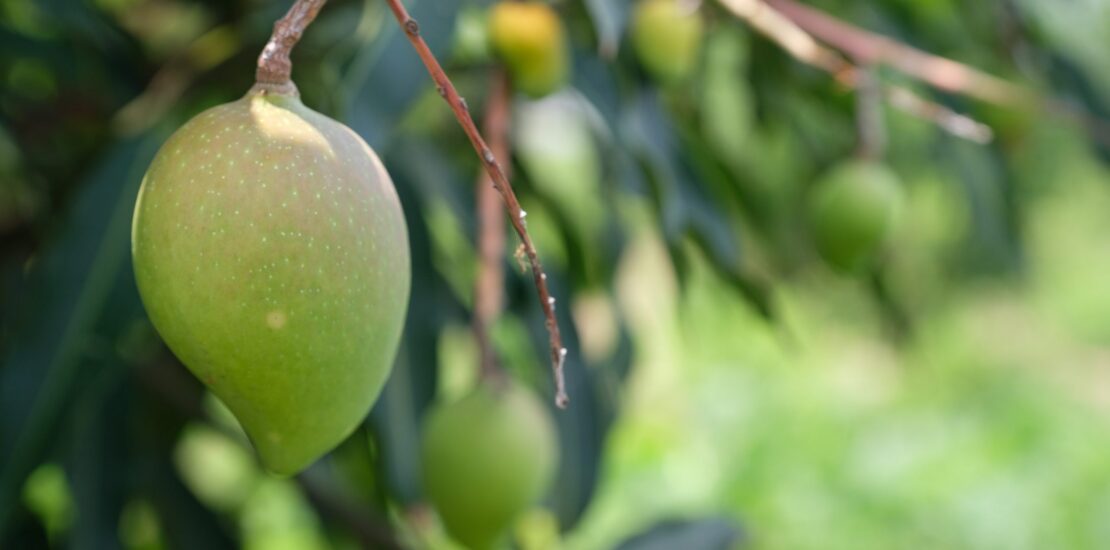Update on Guidelines for fresh mango exported to the eu and new guidelines on the export of fresh guava, papaya, and annona
- 25/02/2022
- Posted by: Gaetan Dermien
- Category: ACP EN, Guavas, Headline, Mangoes, News, Papayas

The Fit For Market SPS programme has produced a series of plant health guides that give a clear explanation of what needs to be done in order to ensure that exports are in compliance with EU phytosanitary requirements. They explain the information that needs to be provided, and actions to be taken at all stages, from production to export, by producers and exporters as well the national authorities and inspection services.
The new Commission Implementing Regulation (EU) 2021/2285, which will apply from 11 April 2022, brings in changes to EU plant health rules that affect a number of export crops.
An updated version of the “Guidelines on the Export of Fresh Mango to the European Union” has been issued to include the recent changes. New text is highlighted in orange, so that the changes can be easily seen. The main points to note are:
- Changes to the categorization of fruit fly (Tephritidae) species
- Modifications to the text that must be included under the “Additional Declarations” in the phytosanitary certificate
A new guidance document on the export of fresh guava, papaya, and Annona has also been issued to highlight new requirements introduced under the new regulation. These include:
- Options that specify strict conditions to manage the fruit fly Bactrocera dorsalis (Hendel) in fruits of Annona L. and papaya (Carica papaya L.). They affect exports of these products from countries in sub-Saharan Africa, as well as Cape Verde, Comoros, Madagascar, Mauritius, Réunion and Seychelles (among others).
- Options that specify strict conditions to manage the fruit flies Bactrocera dorsalis (Hendel) and B. zonata (Saunders) in fruits of guava (Psidium guajava L). They affect exports of these products from countries in sub-Saharan Africa, as well as Cape Verde, Comoros, Madagascar, Mauritius, Réunion and Seychelles (among others).
The guidance documents are divided into two parts. Part One provides details of the special measures required under the regulations. It describes the options that can be selected to ensure that exports are pest free, and gives a clear explanation on how to complete the phytosanitary certificate. Rules for these pests are strict and correct completion of the certificate is essential to avoid administrative problems and potential destruction of shipments at EU border controls.
Part Two of the documents give guideline on preparing a dossier for submission to the EU on the management of the pest in question. It gives a framework to guide the process of developing a national action plan and submitting a dossier to the EU, outlining the various elements that must be included.
These guides have been prepared by COLEACP within the framework of the program Fit For Market SPS. The elements they contain are not exhaustive or exclusive, and may or may not be relevant, depending on the situation in each country. The content of each national action plan and any dossier submitted to the EU remains the sole responsibility of the NPPO and industry stakeholders in the countries concerned, and references and links are given to the appropriate regulations and international standards (ISPMs). The contents of this publication are the sole responsibility of COLEACP and can in no way be taken to reflect the official views of the European Union.
Fit For Market SPS is a COLEACP programme funded by the European Union and the Organisation of African, Caribbean and Pacific States



![EU and GB MRL changes in 2025 (January-March 2025) 9-FFM+-[ENG]](https://news.colead.link/wp-content/uploads/2024/06/9-FFM-ENG-150x150.jpg)